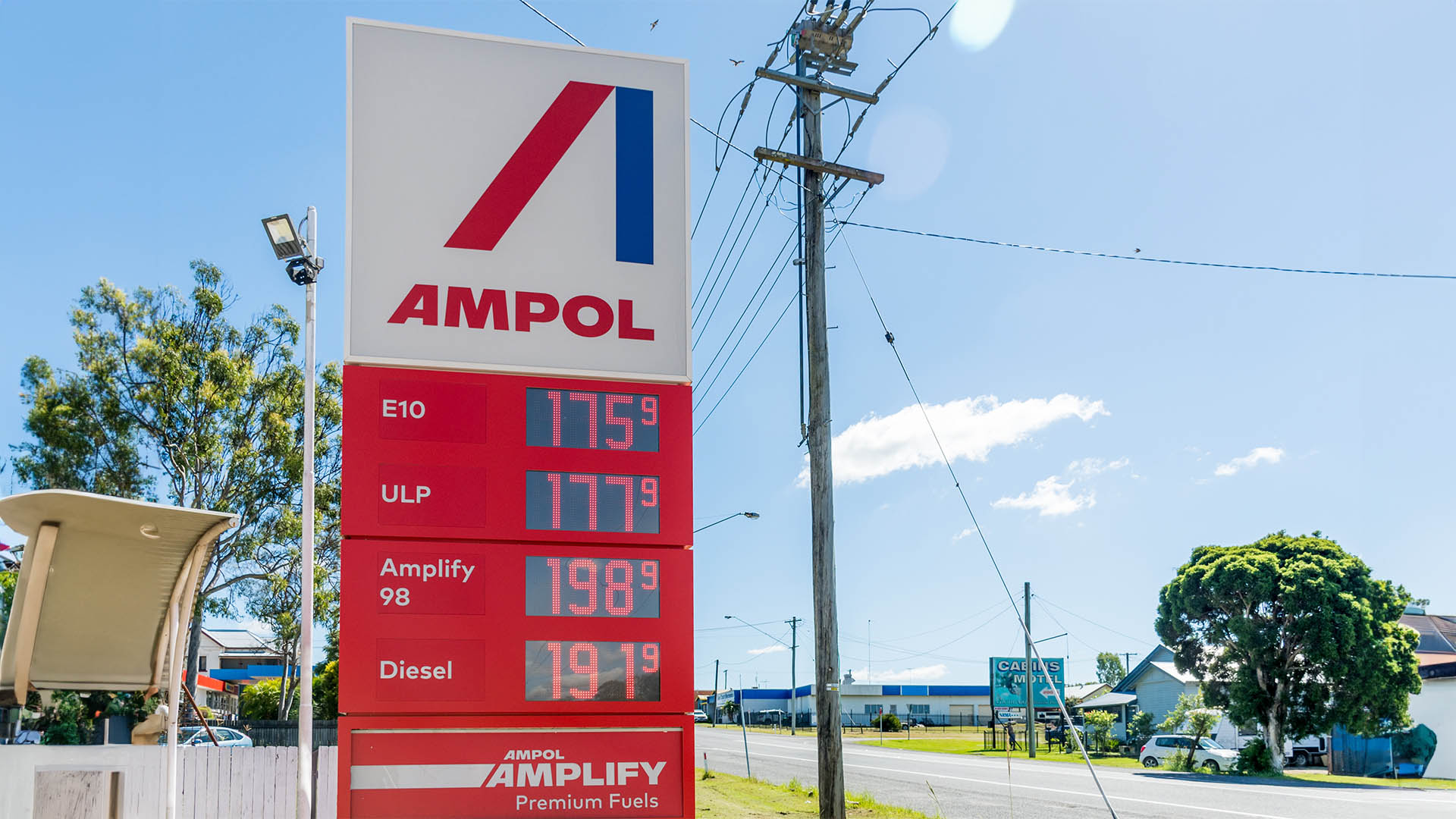by Joshua Pettman
The reversal of pandemic spending trends was a common challenge for retailers planning inventory throughout 2022. Whilst many retailers planned for a strong 2022, results often turned out to be anything but, as consumers began to feel a pinch in their pockets. The result of this is excess inventory in the system that needs to be cleared, and our recent work on US retailers has helped us understand the opportunities this may present.
The standard retail model requires inventory planning many months in advance, which leaves retailers and brands vulnerable to rapid changes in consumer trends. This was the case in 2022 in the US, with real average weekly earnings falling 3.1% year on year (YoY)1 stretching consumer wallets. This is now being reflected in the sales figures of various retailers.
The core issue is that many of these retailers had planned their 2022 sales estimates a year in advance, when consumers were in much better shape. This is necessary so that brands have enough lead time to source raw materials, manufacture products (typically in Asia) and then ship goods to be sold in retail outlets. When product orders turn out to be greater than end-consumer demand, we see inventories rise faster than sales and increased discounting activity to clear products.
Fig. 1: Inventories Rising Faster than Sales
Source: Bernstein research, company reports.
Where there is simply too much inventory to move via standard clearance sales in normal channels, the excess is often sold to off-price (discount) retailers for cents on the dollar. Retailers miscalculating the demand curve and over-ordering inventory are presenting a solid opportunity for off-price retailers to acquire high-quality inventory at very attractive prices and appealing implied resale margins.
So, what is the off-price model and how does it work? The off-price model provides value to consumers by selling branded products very cheaply via a “treasure hunt” experience. A good example of an off-price retailer in Australia is TK Maxx. Shoppers visit stores to browse multi-brand racks ordered by product type (e.g. shirts, shorts) and size, with no prior knowledge of which particular items will be available. Inventory is categorised as “good”, “better”, or “best” and off-price retailers typically buy a third to half of their seasonal inventory ahead of the season direct from vendors to ensure they have an adequate assortment to attract shoppers into their stores. The remainder of inventory is purchased as either opportunistic in-season purchases or as end-of-season pack-away inventory. In-season purchases occur when merchants buy excess seasonal inventory from vendors in an attempt to chase sales in popular areas, whereas pack-away purchases are made at the end of the season and held for ~six to nine months based on an agreement with the vendor – typically a brand wanting to prevent too much clearance product for sale in-season.
Off-price retailers have consistently gained share of the US apparel and footwear market over the past decade. This is despite the shift to e-commerce and direct-to-consumer channels, which have been the largest headwinds for the traditional department stores and wholesale brands that often provide the off-price retailers with their inventory.
Fig. 2: Off-Price Retailers Gaining Share in US Apparel and Footwear (A&F) Market
Source: Euromonitor data.
2022 was a challenging year for off-price retailers, as discounting across the industry narrowed the pricing gap to standard retail, resulting in minimal trade-down by consumers. This occurred at the same time as inventory availability was lower due to industry-wide under-ordering as well as supply chain issues in 2021. However, off-price retailers appear to have the advantage in 2023. Inventory availability has improved significantly, with a higher allocation of “better” and “best” inventory in particular. Pack-away inventory has grown by 48% and 41% at Ross Stores and Burlington, respectively.2 With the large quantity of better and best inventory on hand, off-price retailers are set up nicely to gain further share in 2023, as they will have the products to give more consumers the opportunity for exciting discoveries in their retail “treasure hunt”.
Overall, planning demand in 2022 was difficult for retailers, and we have observed a mix of results across the industry, with off-price looking like a beneficiary of these challenges heading into 2023. Whilst there is no way of knowing how long the difficult environment will persist, we will continue to examine opportunities as they arise.
The Platinum International Brands Fund primarily invests in listed securities around the world with well-recognised consumer brands names and aims to provide capital growth over the long-term.
ENDNOTES
1. US Bureau of Labor Statistics – Real Earnings News Release https://www.bls.gov/news.release/realer.nr0.htm
2. Source: Company reports.
Disclaimer: This article has been prepared by Platinum Investment Management Limited ABN 25 063 565 006 AFSL 221935 trading as Platinum Asset Management (“Platinum”). While the information in this article has been prepared in good faith and with reasonable care, no representation or warranty, express or implied, is made as to the accuracy, adequacy or reliability of any statements, estimates, opinions or other information contained in the article, and to the extent permitted by law, no liability is accepted by any company of the Platinum Group or their directors, officers or employees for any loss or damage as a result of any reliance on this information. Commentary reflects Platinum’s views and beliefs at the time of preparation, which are subject to change without notice. Commentary may also contain forward-looking statements. These forward-looking statements have been made based upon Platinum’s expectations and beliefs. No assurance is given that future developments will be in accordance with Platinum’s expectations. Actual outcomes could differ materially from those expected by Platinum. The information presented in this article is general information only and not intended to be financial product advice. It has not been prepared taking into account any particular investor’s or class of investors’ investment objectives, financial situation or needs, and should not be used as the basis for making investment, financial or other decisions. You should obtain professional advice prior to making any investment decision.













